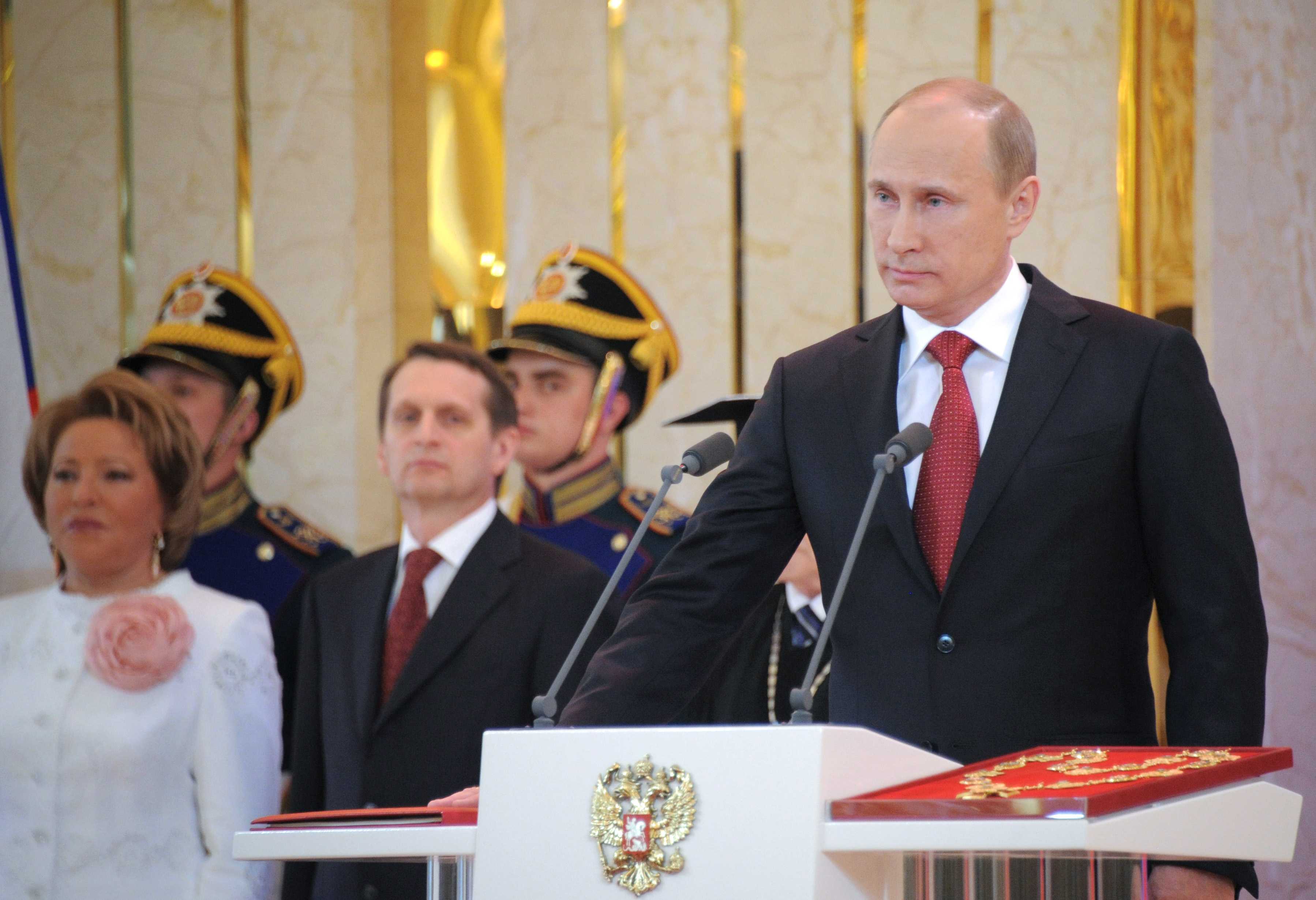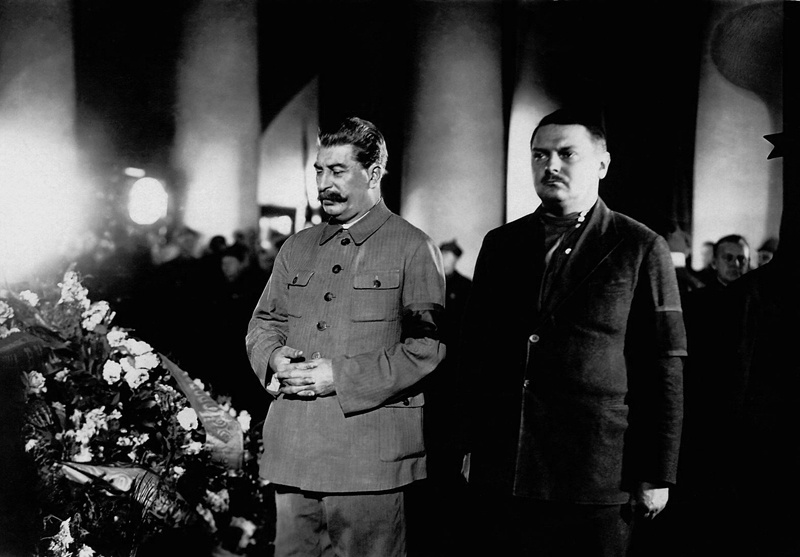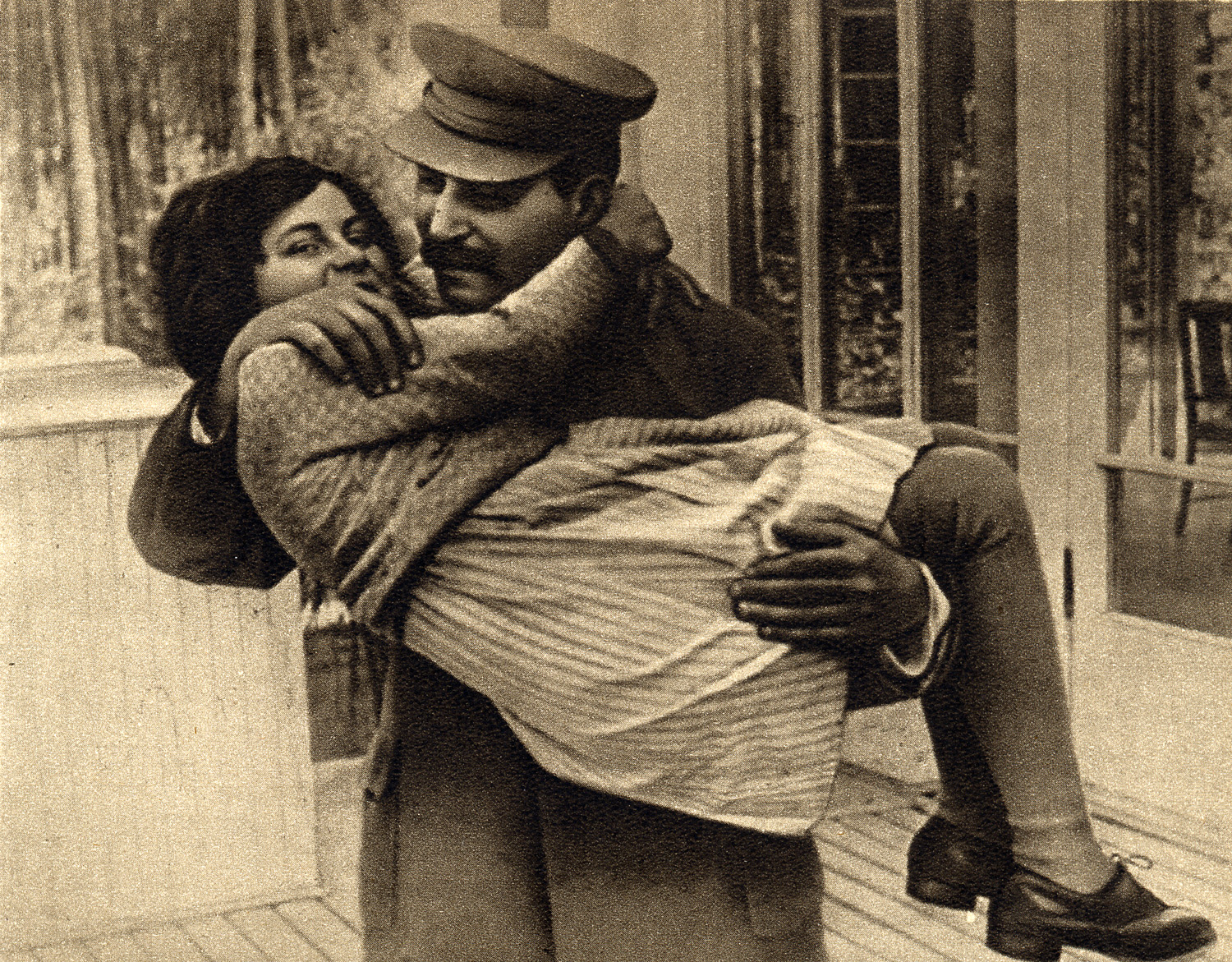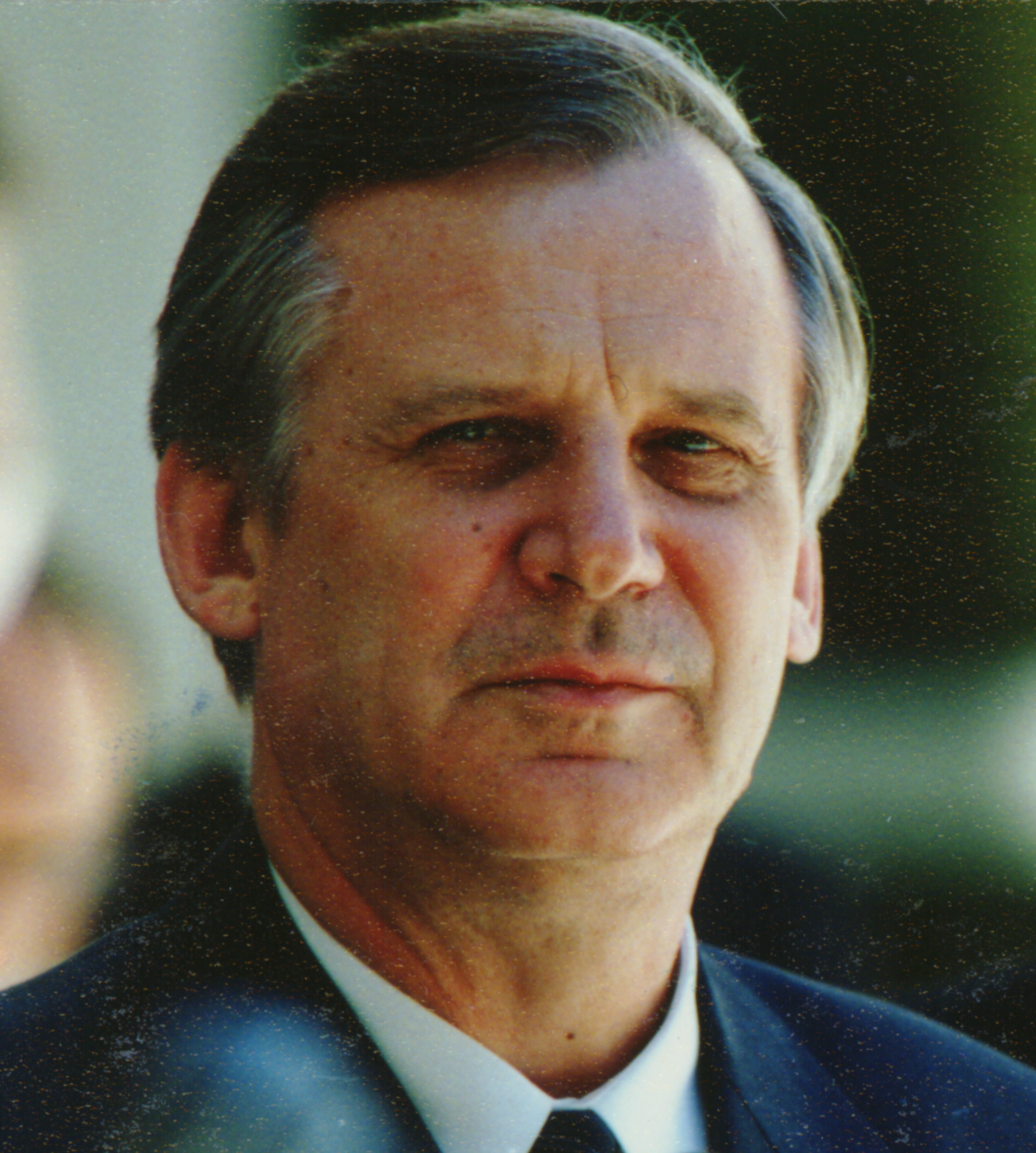|
Dolgiye Borody (residence)
Dolgiye Borody (russian: Долгие Бороды or ''Long Beards'') also known as other names "Valdai" and "Uzhin" is a residence of the President of the Russian Federation and is located in the Novgorod Oblast, 20 kilometers from the city of Valday, Novgorod Oblast, Valdai, near the village of Dolgiye Borody (rural locality), Dolgiye Borody. History The official name of the residence is the "Uzhin Holiday House", named after the lake, on its bank there is a special facility. The neighboring village of Long Beards (population in 2000 - 17 people), by the beginning of the XXI century merged with the village of Roshchino. In 1992, the pioneer camp "Kosmos" and the boarding house "Lazurny bank" that were next to the presidential residence were demolished. By 2000, the territory of the residence occupied 930 hectares. The construction of the ''Object 201'' (as the official documents called the residence) was started in 1934 for Stalin, who was briefly here only once, in 1939 - but ... [...More Info...] [...Related Items...] OR: [Wikipedia] [Google] [Baidu] |
President Of The Russian Federation
The president of the Russian Federation ( rus, Президент Российской Федерации, Prezident Rossiyskoy Federatsii) is the head of state of the Russian Federation. The president leads the executive branch of the federal government of Russia and is the commander-in-chief of the Russian Armed Forces. It is the highest office in Russia. The modern incarnation of the office emerged from the president of the Russian Soviet Federative Socialist Republic (RSFSR). In 1991, Boris Yeltsin was elected president of the RSFSR, becoming the first non Communist Party member to be elected into Soviet politics. He played a crucial role in the dissolution of the Soviet Union which saw the transformation of the RSFSR into the Russian Federation. Following a series of scandals and doubts about his leadership, violence erupted across Moscow in the 1993 Russian constitutional crisis. As a result, a new constitution was implemented and the 1993 Russian Constitution remains in ... [...More Info...] [...Related Items...] OR: [Wikipedia] [Google] [Baidu] |
Novgorod Oblast
Novgorod Oblast (russian: Новгоро́дская о́бласть, ''Novgorodskaya oblast'') is a federal subject of Russia (an oblast). Its administrative center is the city of Veliky Novgorod. Some of the oldest Russian cities, including Veliky Novgorod and Staraya Russa, are located in the oblast. The historic monuments of Veliky Novgorod and surroundings have been declared a UNESCO World Heritage Site. Population: 634,111 ( 2010 Census). Geography Novgorod Oblast borders with Leningrad Oblast in the north and in the northwest, Vologda Oblast in the east, Tver Oblast in the southeast and in the south, and Pskov Oblast in the southwest. The western part is a lowland around Lake Ilmen, while the eastern part is a highland (northern spurs of the Valdai Hills). The highest point is Mount Ryzhokha in the Valdai Hills (). In the center of the oblast is Lake Ilmen, one of the largest lakes in Central Russia. The major tributaries of Lake Ilmen are the Msta, which originat ... [...More Info...] [...Related Items...] OR: [Wikipedia] [Google] [Baidu] |
Valday, Novgorod Oblast
Valday (russian: Валда́й) is a town and the administrative center of Valdaysky District in Novgorod Oblast, Russia, located on the southwestern shore of Lake Valdayskoye, the biggest one in the set of lakes in the highest region of the Valdai Hills, on the M10 Highway connecting Moscow and St. Petersburg, from Moscow and from Veliky Novgorod, the administrative center of the oblast. Population: History It was first mentioned in a chronicle in 1495. At the time, it was a part of Derevskaya Pyatina of the Novgorod Republic. The growth of Valday was facilitated by construction of a road connecting Novgorod to Central Russia and by the foundation of the Valday Iversky Monastery in 1653, which became a major cultural center. The famous monastery, built under the auspices of Patriarch Nikon in the 1650s, is located on one of the islands of Lake Valdayskoye. In the course of the administrative reform carried out in 1708 by Peter the Great, the territory was inc ... [...More Info...] [...Related Items...] OR: [Wikipedia] [Google] [Baidu] |
Dolgiye Borody (rural Locality)
Dolgiye Borody (russian: Долгие Бороды) is a rural locality (a village) in Roshchinskoye Rural Settlement of Valdaysky District, in Novgorod Oblast, Russia Russia (, , ), or the Russian Federation, is a List of transcontinental countries, transcontinental country spanning Eastern Europe and North Asia, Northern Asia. It is the List of countries and dependencies by area, largest country in the .... Population: . The presidential residence Dolgiye Borody is located nearby. References {{reflist Rural localities in Novgorod Oblast ... [...More Info...] [...Related Items...] OR: [Wikipedia] [Google] [Baidu] |
Hectare
The hectare (; SI symbol: ha) is a non-SI metric unit of area equal to a square with 100-metre sides (1 hm2), or 10,000 m2, and is primarily used in the measurement of land. There are 100 hectares in one square kilometre. An acre is about and one hectare contains about . In 1795, when the metric system was introduced, the ''are'' was defined as 100 square metres, or one square decametre, and the hectare ("hecto-" + "are") was thus 100 ''ares'' or km2 (10,000 square metres). When the metric system was further rationalised in 1960, resulting in the International System of Units (), the ''are'' was not included as a recognised unit. The hectare, however, remains as a non-SI unit accepted for use with the SI and whose use is "expected to continue indefinitely". Though the dekare/decare daa (1,000 m2) and are (100 m2) are not officially "accepted for use", they are still used in some contexts. Description The hectare (), although not a unit of SI, i ... [...More Info...] [...Related Items...] OR: [Wikipedia] [Google] [Baidu] |
Andrei Zhdanov
Andrei Aleksandrovich Zhdanov ( rus, Андре́й Алекса́ндрович Жда́нов, p=ɐnˈdrej ɐlʲɪˈksandrəvʲɪtɕ ˈʐdanəf, links=yes; – 31 August 1948) was a Soviet politician and cultural ideologist. After World War II, Zhdanov was thought to be the successor-in-waiting to Joseph Stalin but died before him. He has been described as the "propagandist-in-chief" of the Soviet Union from 1945 to 1948.V. M. Zubok and Konstantin Pleshakov. Inside the Kremlin's Cold War: from Stalin to Khrushchev. Harvard: Harvard UP, 1996, p.119 Early life Zhdanov was born in Mariupol (now Ukraine), where his father was a school inspector. His maternal grandfather was the former rector of the Moscow Theological Academy. He studied at the Moscow Commercial Institute. In 1914, he was drafted into the Russian army, graduated from an officers' school and served in the reserves. He joined the Bolsheviks in 1915. In 1917, he was chairman of the Shadrinsk committee of the Bols ... [...More Info...] [...Related Items...] OR: [Wikipedia] [Google] [Baidu] |
Sanatorium
A sanatorium (from Latin '' sānāre'' 'to heal, make healthy'), also sanitarium or sanitorium, are antiquated names for specialised hospitals, for the treatment of specific diseases, related ailments and convalescence. Sanatoriums are often located in a healthy climate, usually in the countryside. The idea of healing was an important reason for the historical wave of establishments of sanatoriums, especially at the end of the 19th- and early 20th centuries. One sought for instance the healing of consumptives, especially tuberculosis (before the discovery of antibiotics) or alcoholism, but also of more obscure addictions and longings, of hysteria, masturbation, fatigue and emotional exhaustion. Facility operators were often charitable associations such as the Order of St. John and the newly founded social welfare insurance companies. Sanatoriums should not be confused with the Russian sanatoriums from the time of the Soviet Union, which were a type of sanatorium resort r ... [...More Info...] [...Related Items...] OR: [Wikipedia] [Google] [Baidu] |
Central Committee Of The Communist Party Of The Soviet Union
The Central Committee of the Communist Party of the Soviet Union, – TsK KPSS was the executive leadership of the Communist Party of the Soviet Union, acting between sessions of Congress. According to party statutes, the committee directed all party and governmental activities. Its members were elected by the Party Congress. During Vladimir Lenin's leadership of the Communist Party, the Central Committee functioned as the highest party authority between Congresses. However, in the following decades the ''de facto'' most powerful decision-making body would oscillate back and forth between the Central Committee and the Political Bureau or Politburo (and during Joseph Stalin, the Secretariat). Some committee delegates objected to the re-establishment of the Politburo in 1919, and in response, the Politburo became organizationally responsible to the Central Committee. Subsequently, the Central Committee members could participate in Politburo sessions with a consultative voic ... [...More Info...] [...Related Items...] OR: [Wikipedia] [Google] [Baidu] |
CPSU
"Hymn of the Bolshevik Party" , headquarters = 4 Staraya Square, Moscow , general_secretary = Vladimir Lenin (first)Mikhail Gorbachev (last) , founded = , banned = , founder = Vladimir Lenin , newspaper = ''Pravda'' , position = Far-left , international = , religion = State Atheism , predecessor = Bolshevik faction of the RSDLP , successor = UCP–CPSU , youth_wing = Little Octobrists Komsomol , wing1 = Young Pioneers , wing1_title = Pioneer wing , affiliation1_title = , affiliation1 = Bloc of Communists and Non-Partisans (1936–1991) , membership = 19,487,822 (early 1989 ) , ideology = , colours = Red , country = the Soviet Union The Communist Party of the Soviet Union (CPSU),; abbreviated in Russian as or also known by various other names during its history, was the founding and ruling party of the Soviet Union. The ... [...More Info...] [...Related Items...] OR: [Wikipedia] [Google] [Baidu] |
Svetlana Alliluyeva
Svetlana Iosifovna Alliluyeva, born Stalina (); ka, სვეტლანა იოსების ასული ალილუევა () (28 February 1926 – 22 November 2011), later known as Lana Peters, was the youngest child and only daughter of Soviet leader Joseph Stalin and his second wife Nadezhda Alliluyeva. In 1967, she became an international sensation when she defected to the United States and, in 1978, became a naturalized citizen. From 1984 to 1986, she briefly returned to the Soviet Union and had her Soviet citizenship reinstated. She was Stalin's last surviving child. Early life Svetlana Stalina was born on 28 February 1926. As her mother was interested in pursuing a professional career, Alexandra Bychokova was hired as a nanny to look after Alliluyeva and her older brother Vasily (born 1921). Alliluyeva and Bychokova became quite close, and remained friends for 30 years, until Bychokova died in 1956. On 9 November 1932, Alliluyeva's mother shot herse ... [...More Info...] [...Related Items...] OR: [Wikipedia] [Google] [Baidu] |
Nikita Khrushchev
Nikita Sergeyevich Khrushchev (– 11 September 1971) was the First Secretary of the Communist Party of the Soviet Union from 1953 to 1964 and chairman of the country's Council of Ministers from 1958 to 1964. During his rule, Khrushchev stunned the communist world with his denunciation of his predecessor Joseph Stalin's crimes, and embarked on a policy of de-Stalinization with his key ally Anastas Mikoyan. He sponsored the early Soviet space program, and enactment of moderate reforms in domestic policy. After some false starts, and a narrowly avoided nuclear war over Cuba, he conducted successful negotiations with the United States to reduce Cold War tensions. In 1964, the Kremlin leadership stripped him of power, replacing him with Leonid Brezhnev as First Secretary and Alexei Kosygin as Premier. Khrushchev was born in 1894 in a village in western Russia. He was employed as a metal worker during his youth, and he was a political commissar during the Russian Civil Wa ... [...More Info...] [...Related Items...] OR: [Wikipedia] [Google] [Baidu] |
Nikolai Ryzhkov
Nikolai Ivanovich Ryzhkov ( uk, Микола Іванович Рижков; russian: Николай Иванович Рыжков; born 28 September 1929) is a Soviet, and later Russian, politician. He served as the last Chairman of the Council of Ministers (the post was abolished and replaced by that of Prime Minister in 1991). Responsible for the cultural and economic administration of the Soviet Union during the Gorbachev Era, Ryzhkov was succeeded as premier by Valentin Pavlov in 1991. The same year, he lost his seat on the Presidential Council, going on to become Boris Yeltsin's leading opponent in the Russian Soviet Federative Socialist Republic (RSFSR) 1991 presidential election. Ryzhkov was born in the city of Shcherbynivka, Ukrainian SSR (now Toretsk, Ukraine) in 1929. After graduating in the 1950s he started work in the 1970s and began his political career in local industry, working his way up through the hierarchy of Soviet industrial ministries. In 1979 Ryzhkov w ... [...More Info...] [...Related Items...] OR: [Wikipedia] [Google] [Baidu] |









